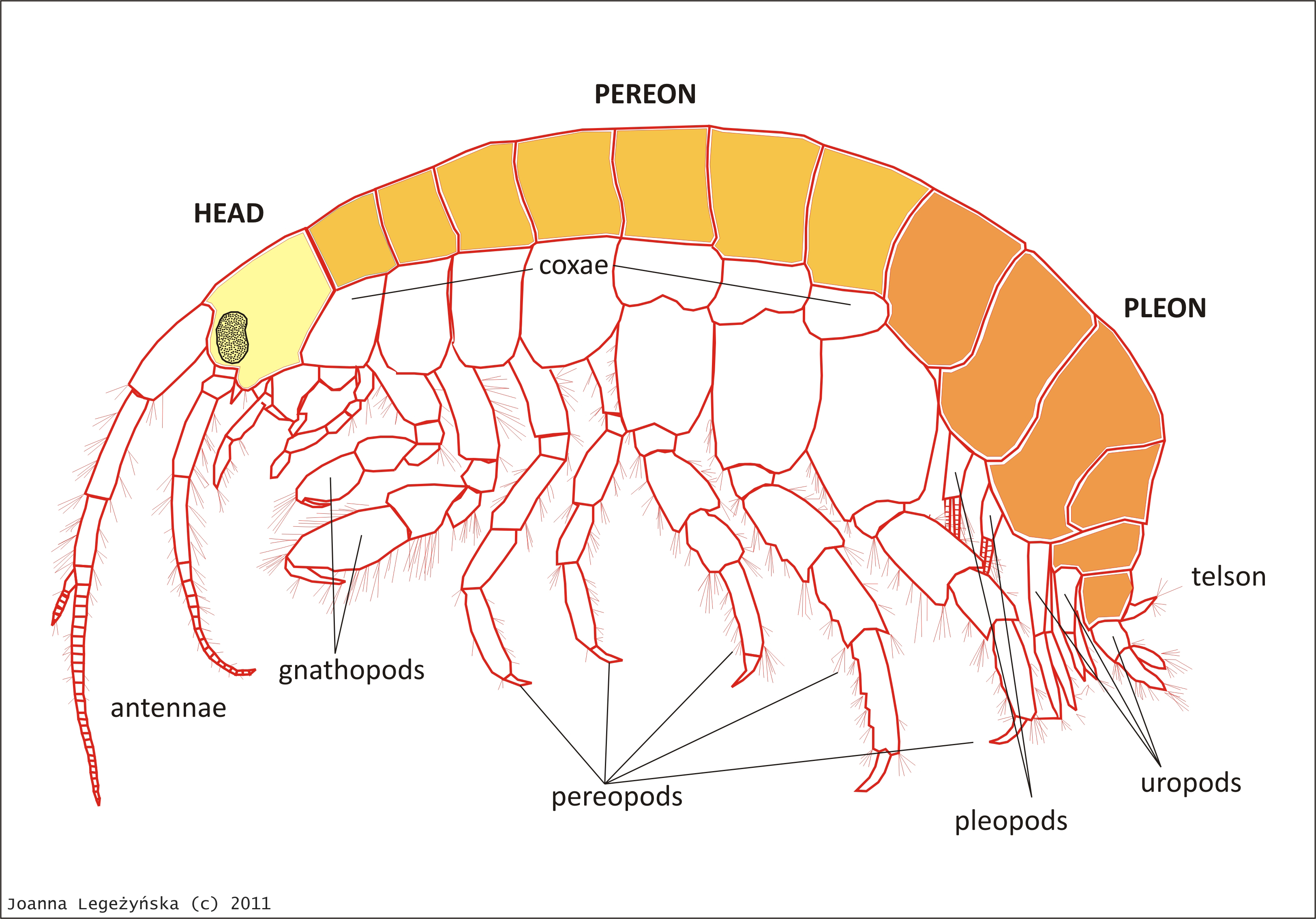:: |
:: |
amphipods |
:: |
:: |
species | :: | bibliography & links | :: | contact | :: | |||||
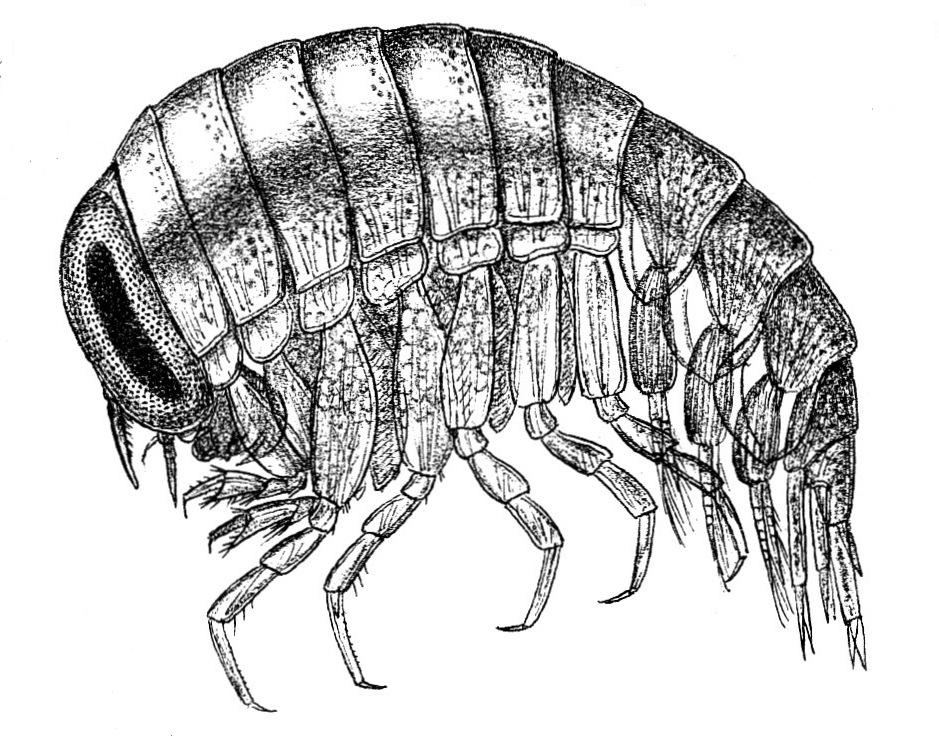 |
Amphipods are crustaceans found in nearly all aquatic habitats. The order Amphipoda consists of over 8000 species and is divided into 4 suborders. The majority of them live in the oceans, but they are also abundant in fresh and brackish waters or even in humid terrestrial habitats. Amphipods are one of the most successful marine taxa. They are abundant from the tidal zone to abyssal depths occupying a variety of habitats. Their extraordinary morphological diversification is matched by a high level of ecofunctional diversity. As consumers, they exhibit all sorts of feeding strategies, including carnivory, herbivory and detritivory, and a number of them are symbionts (parasites or commensals). Since they are in turn eaten by fish, birds and mammals, t hese crustaceans serve as an important trophic link between the primary and secondary production and higher trophic levels. Amphipods typically have elongated body with a distinct head, a pereon (thorax) of 7 segments, and a six-segmented pleon (abdomen).
|
Kingdom: Animalia Phylum: Arthropoda Subphylum: Crustacea Class: Malacostraca Subclass: Eumalacostraca Superorder: Peracarida Order: Amphipoda
|
|
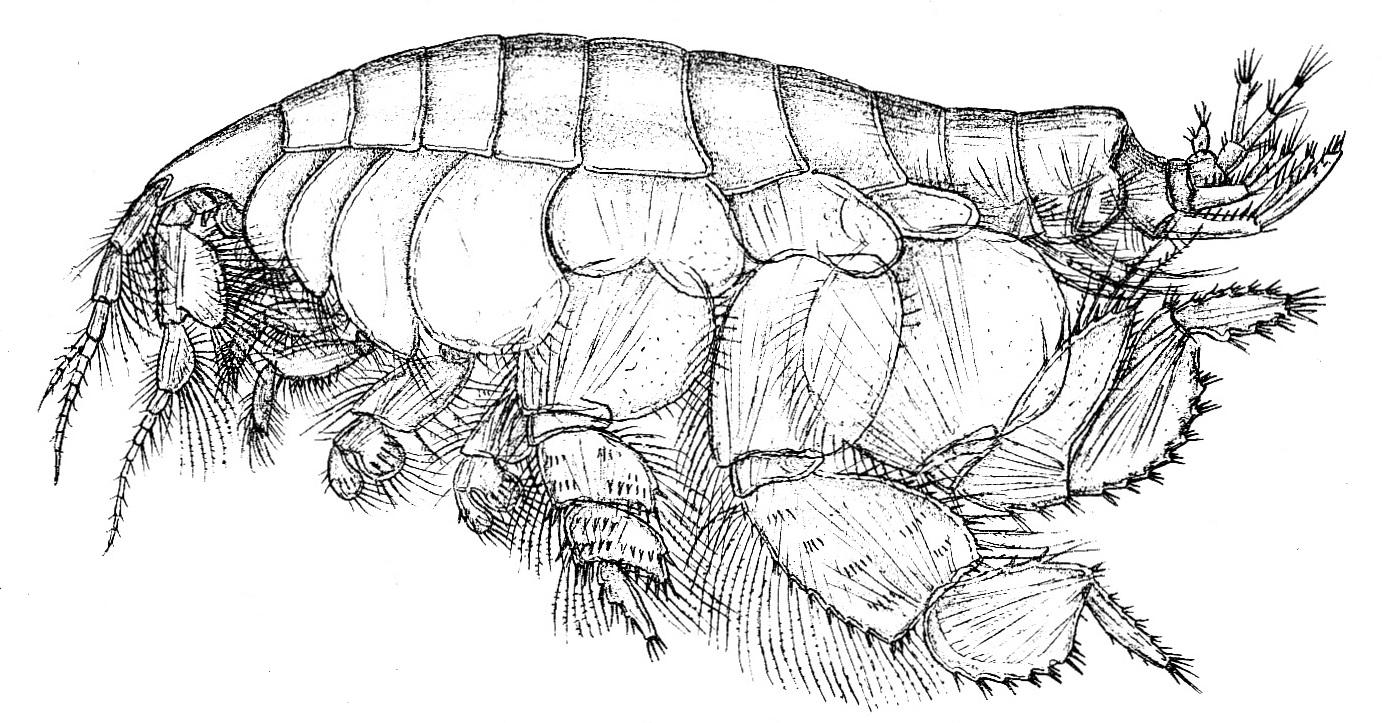 |
|||
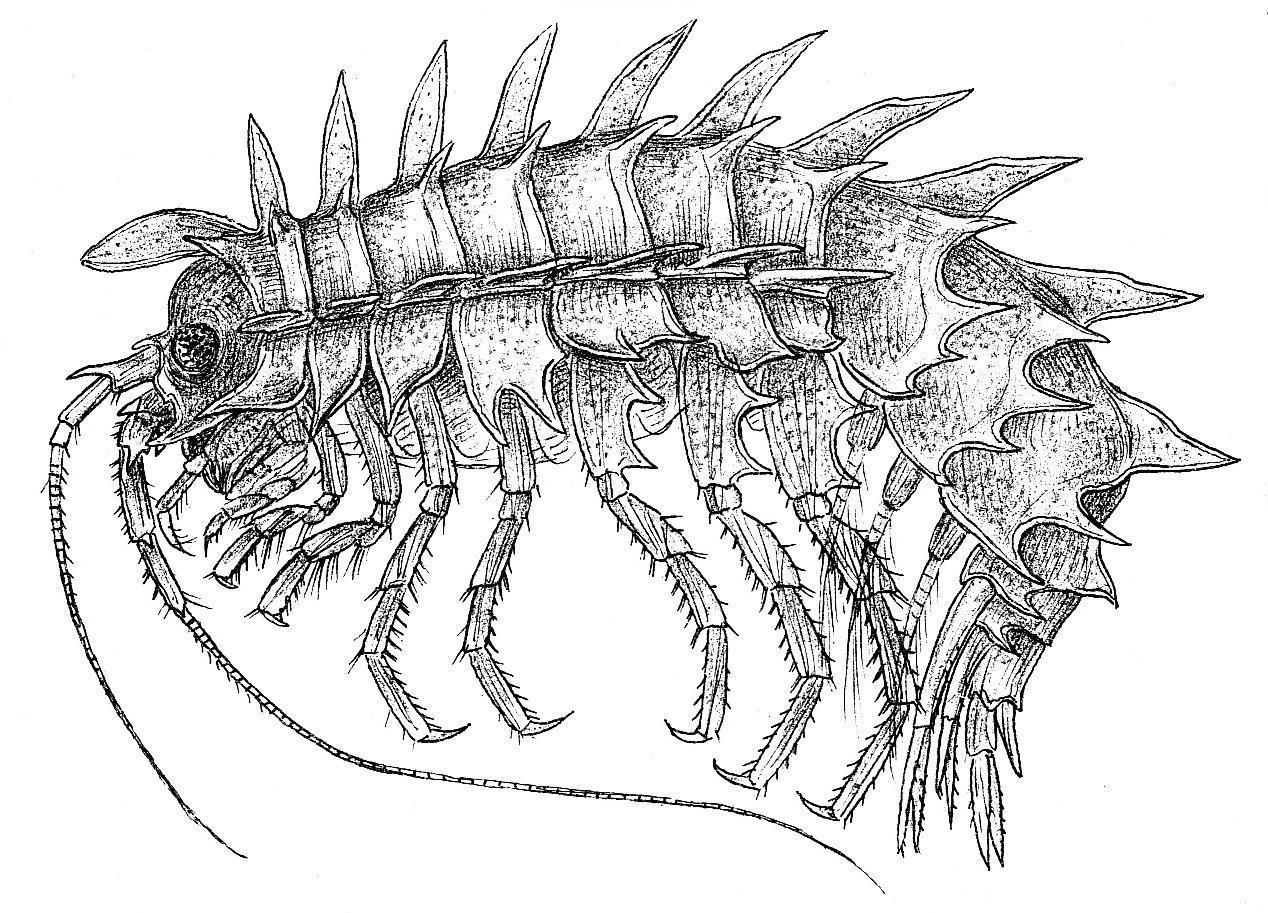 |
|||
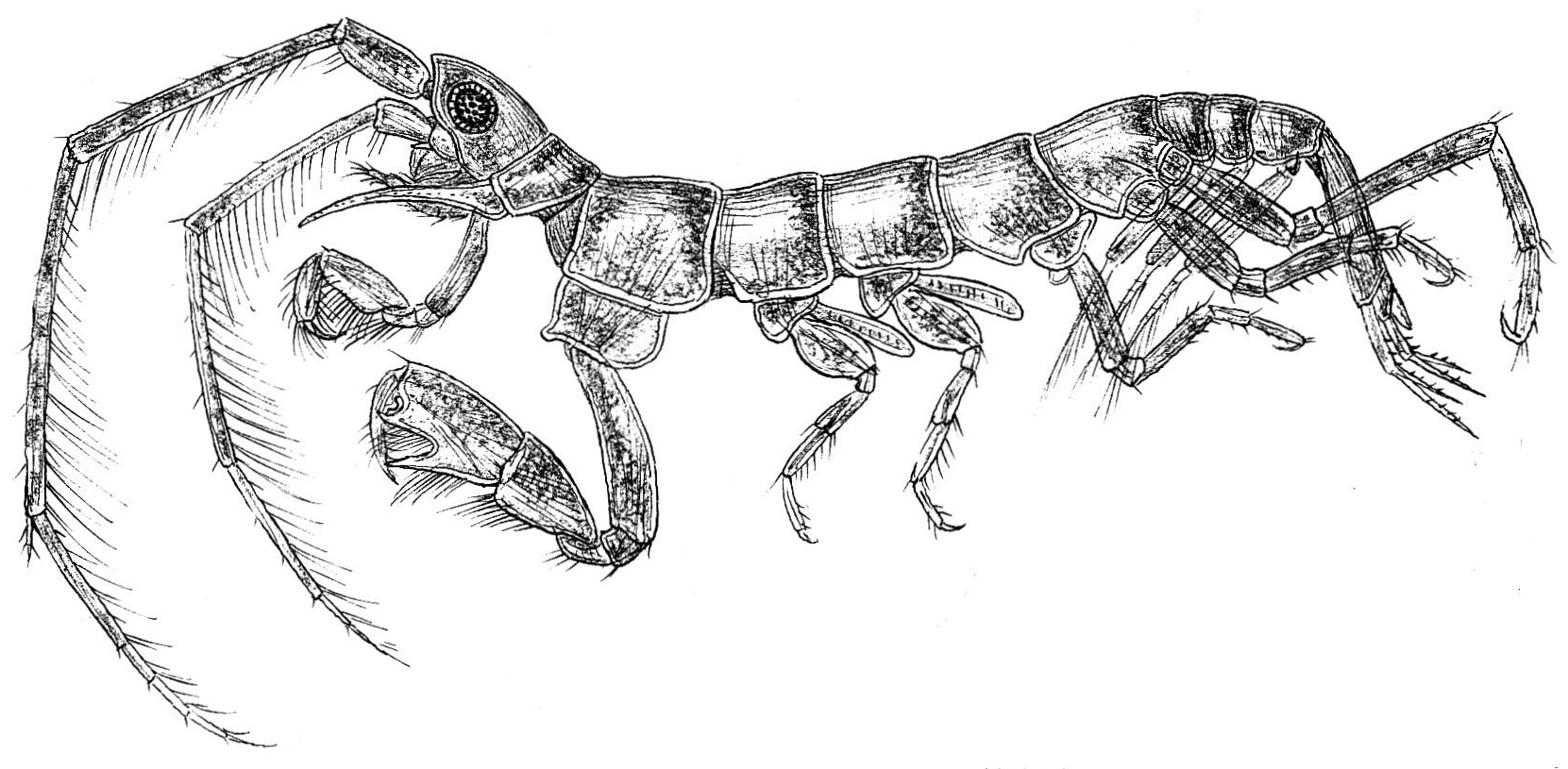 |
|||
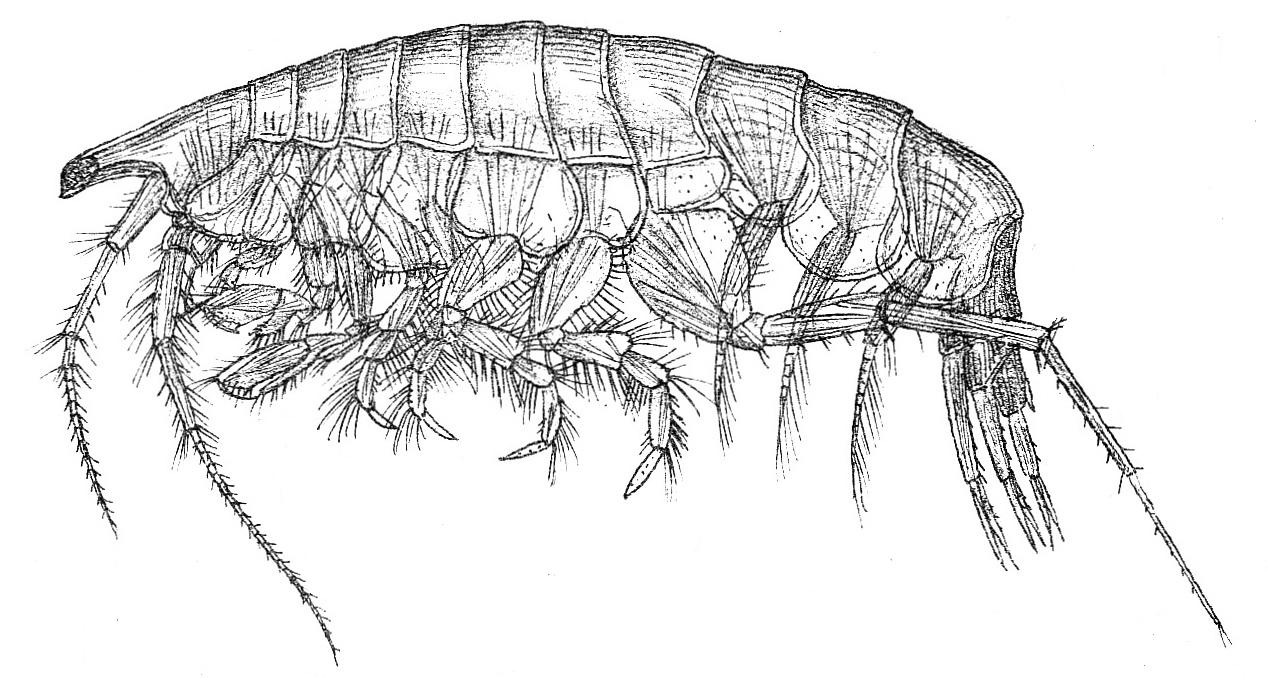 |
|
||
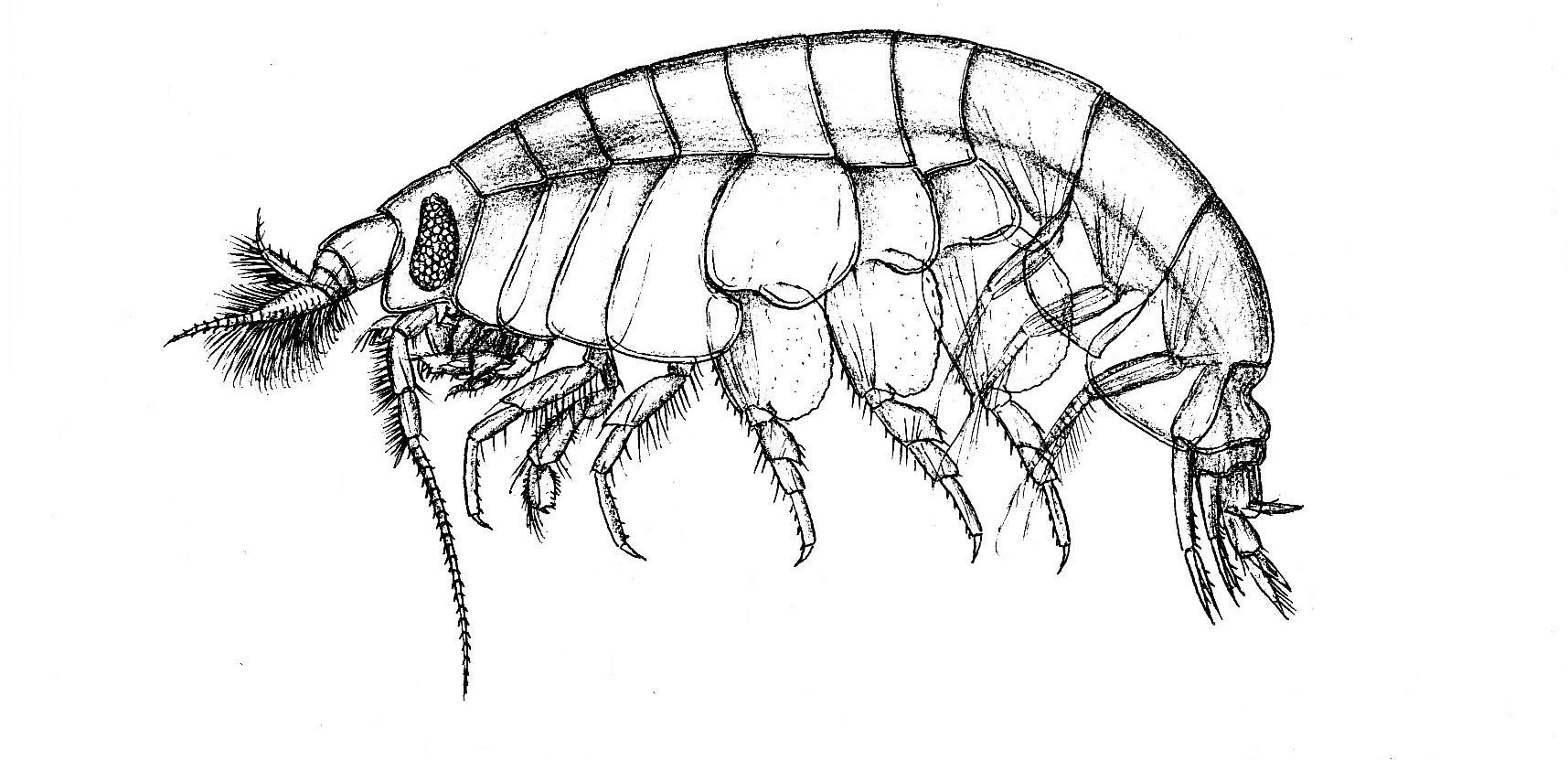 |
|||
